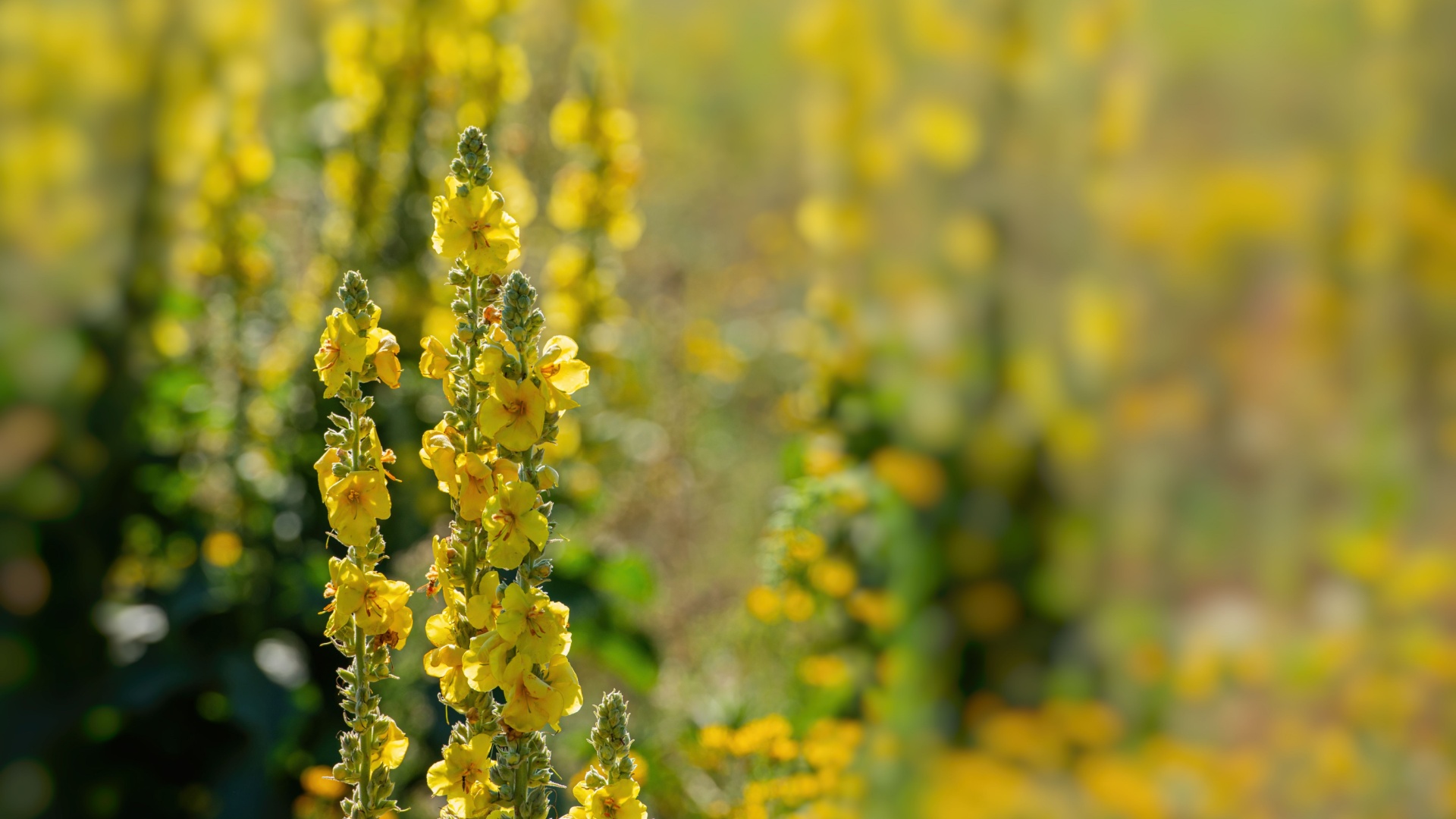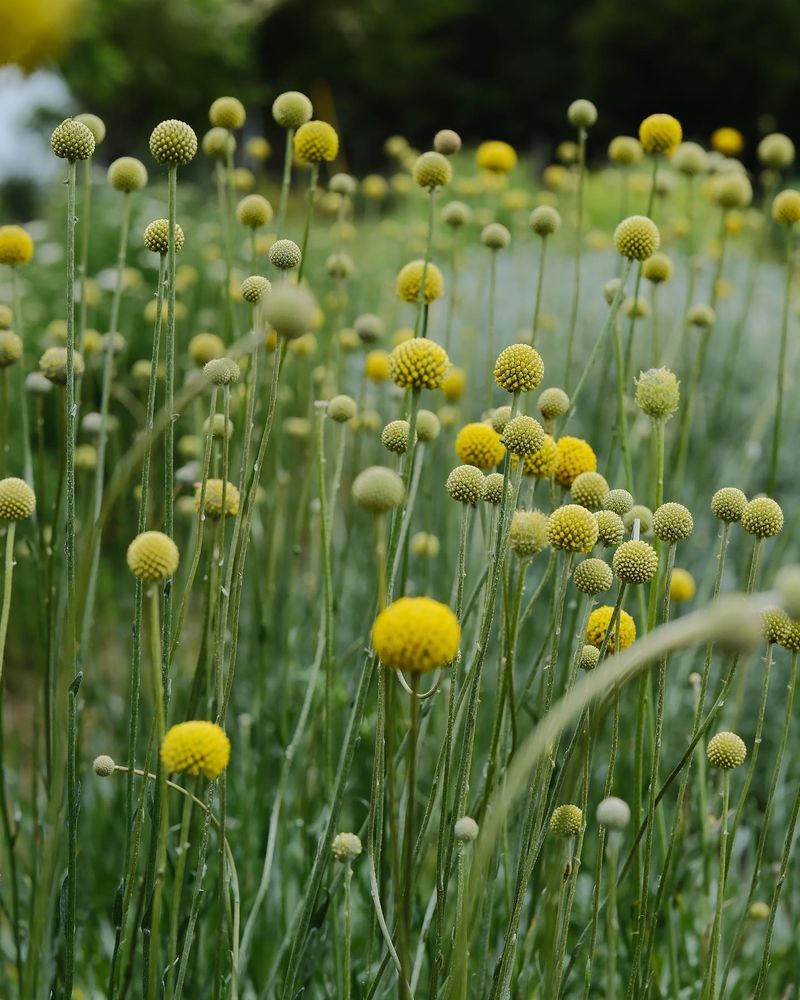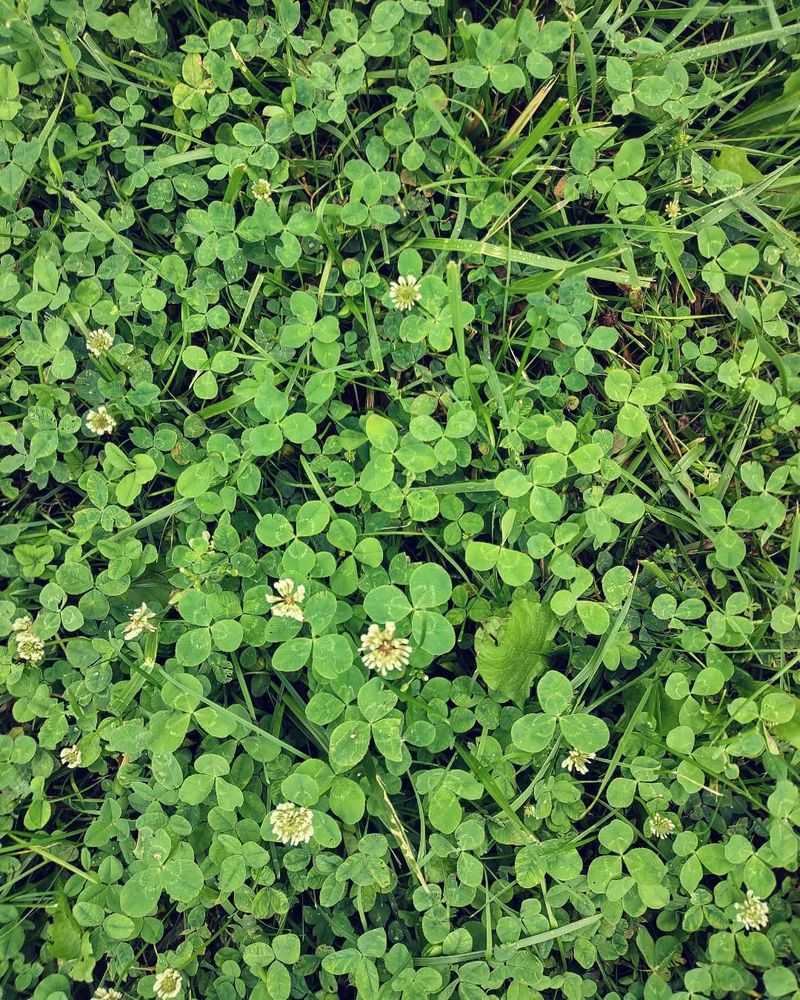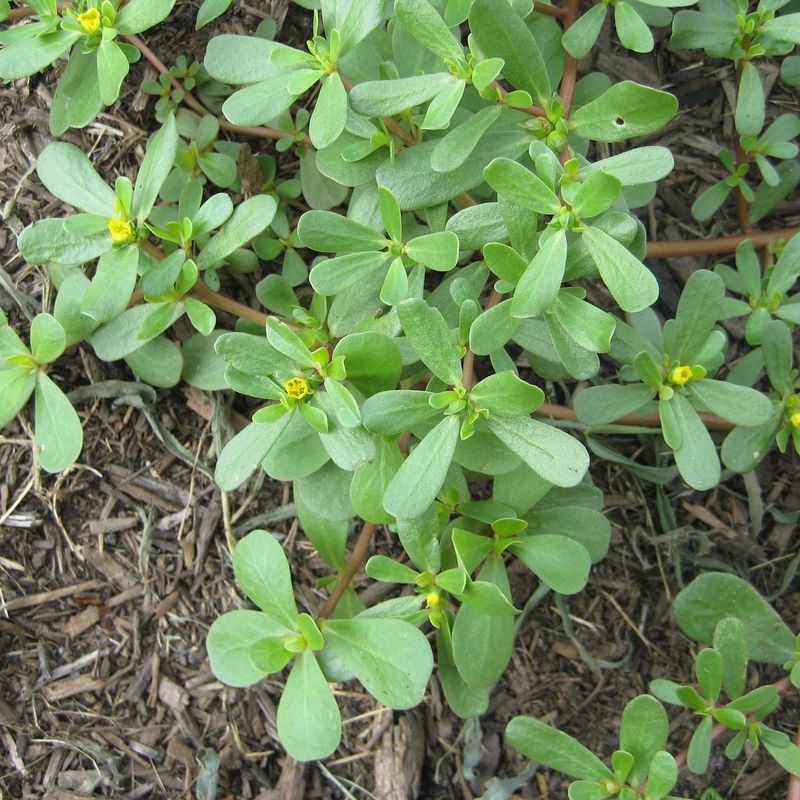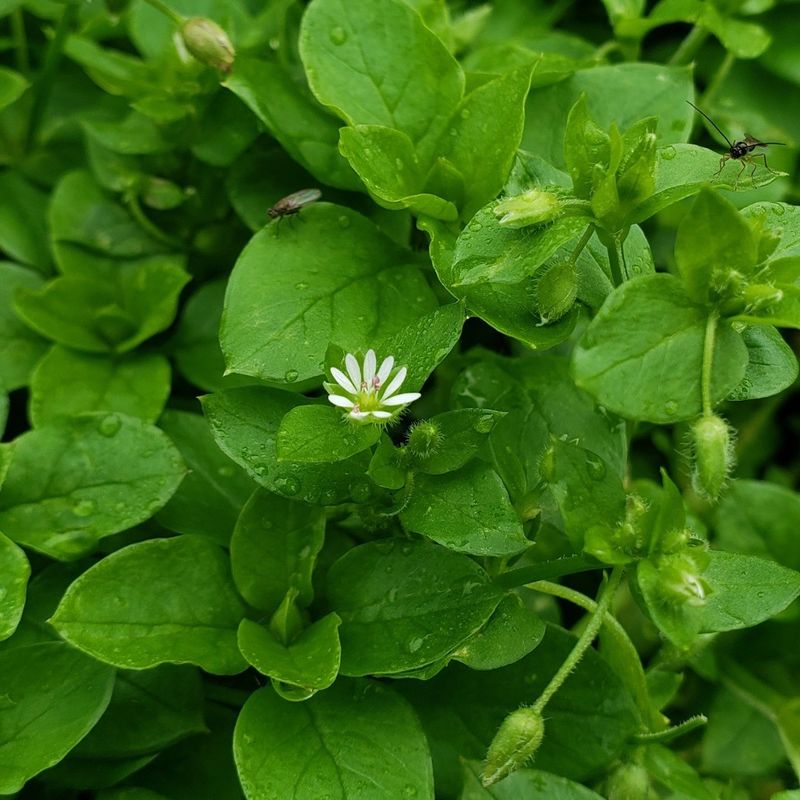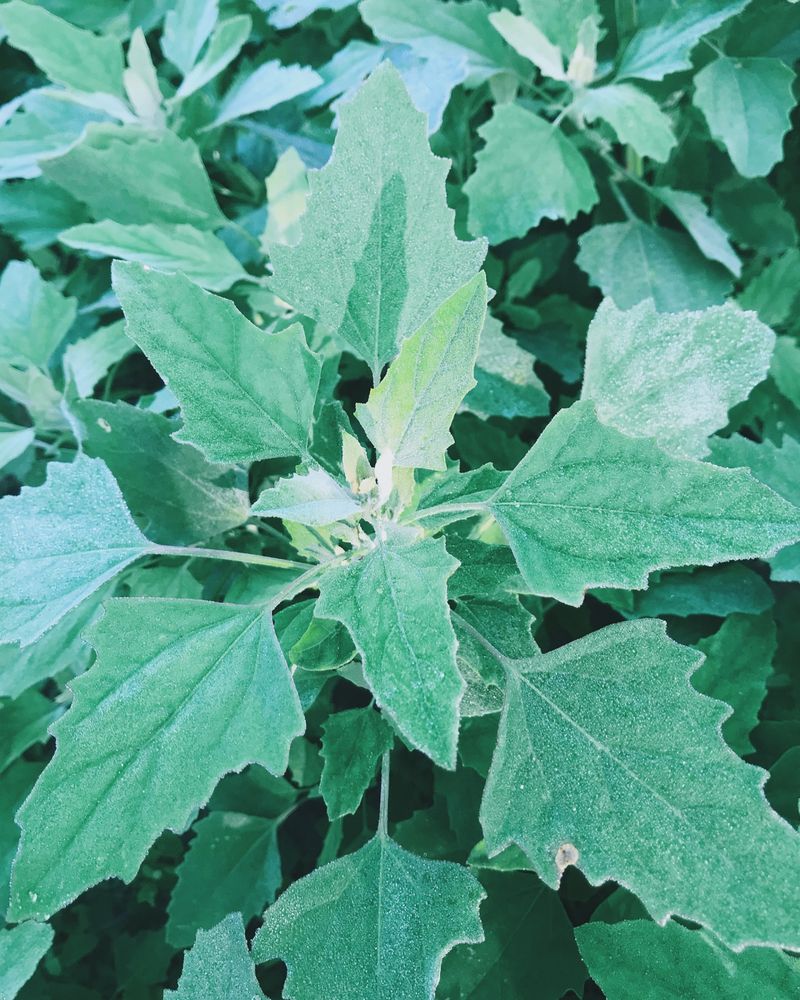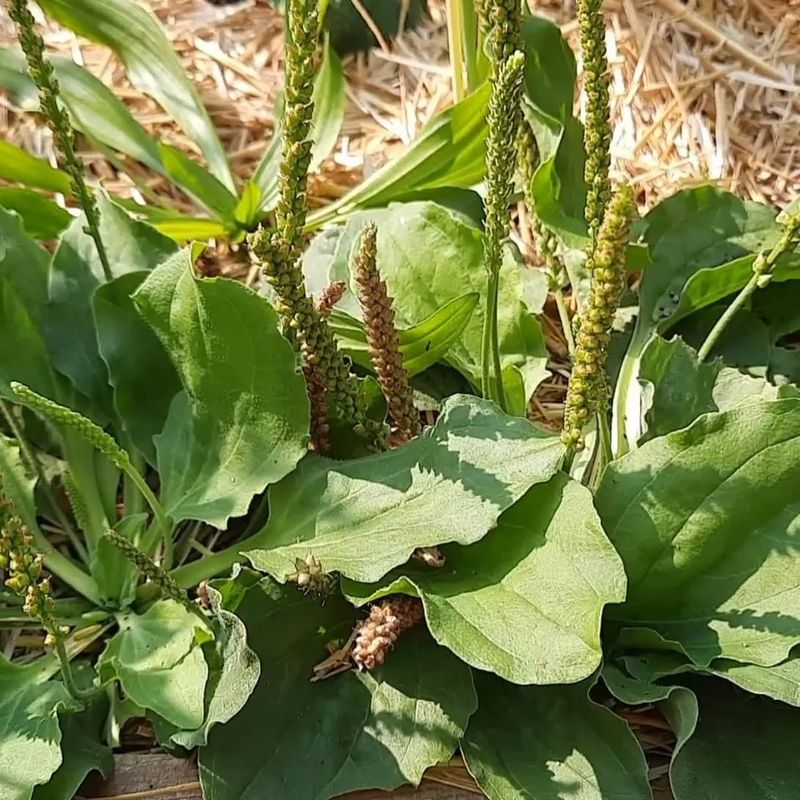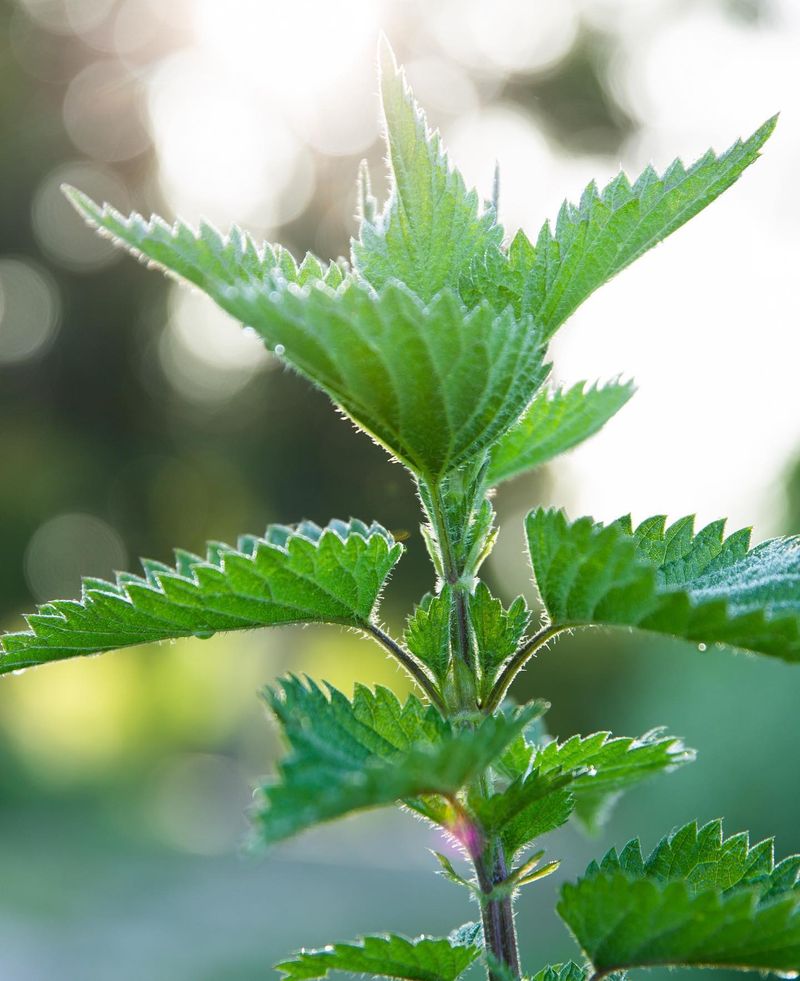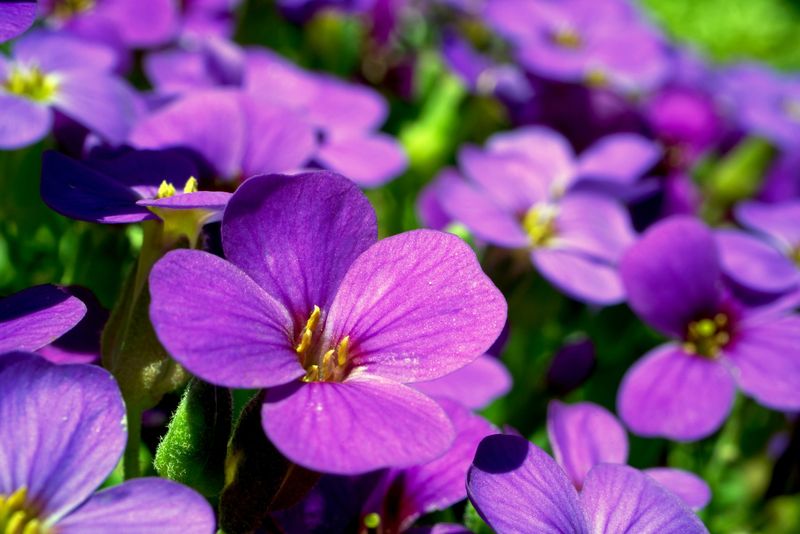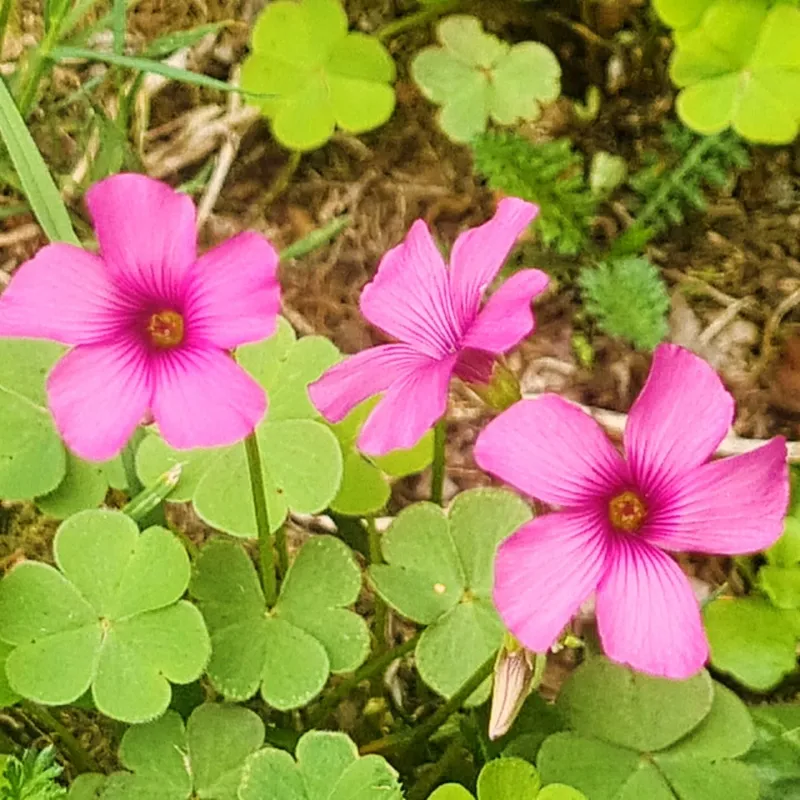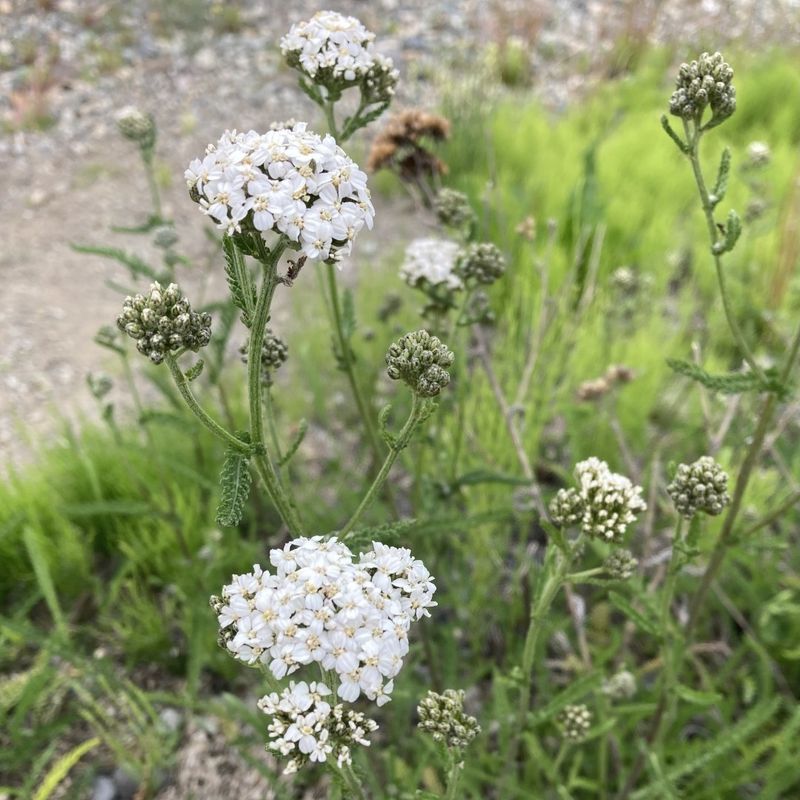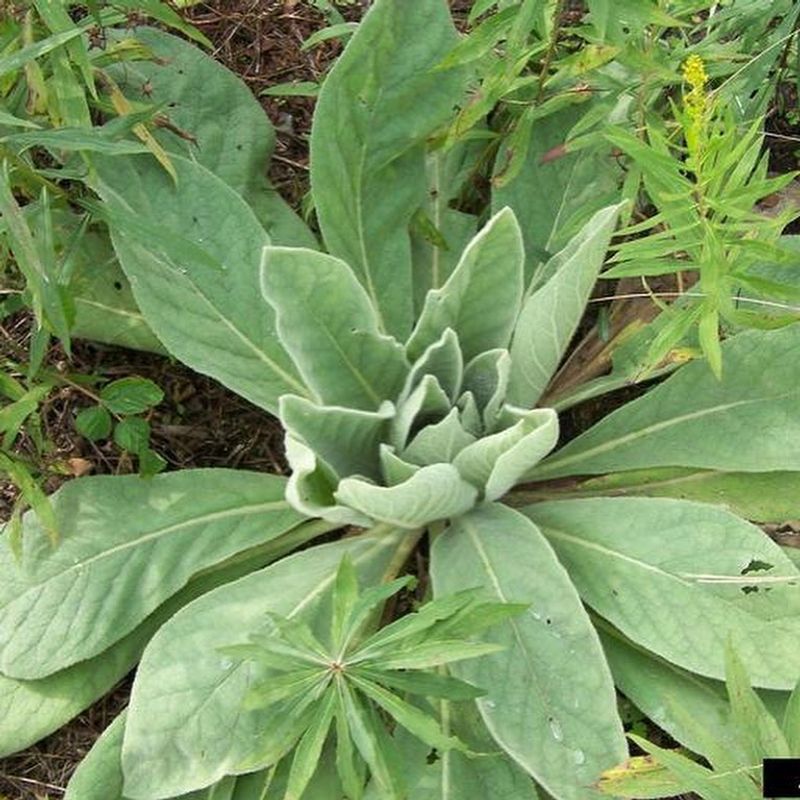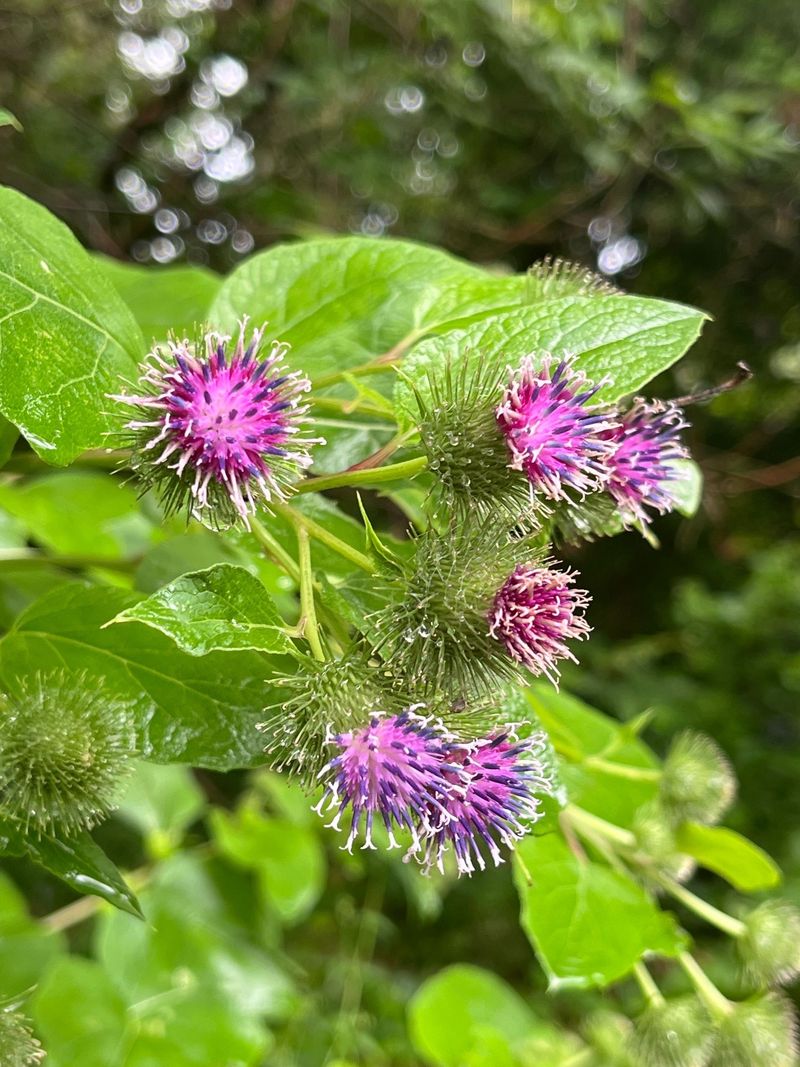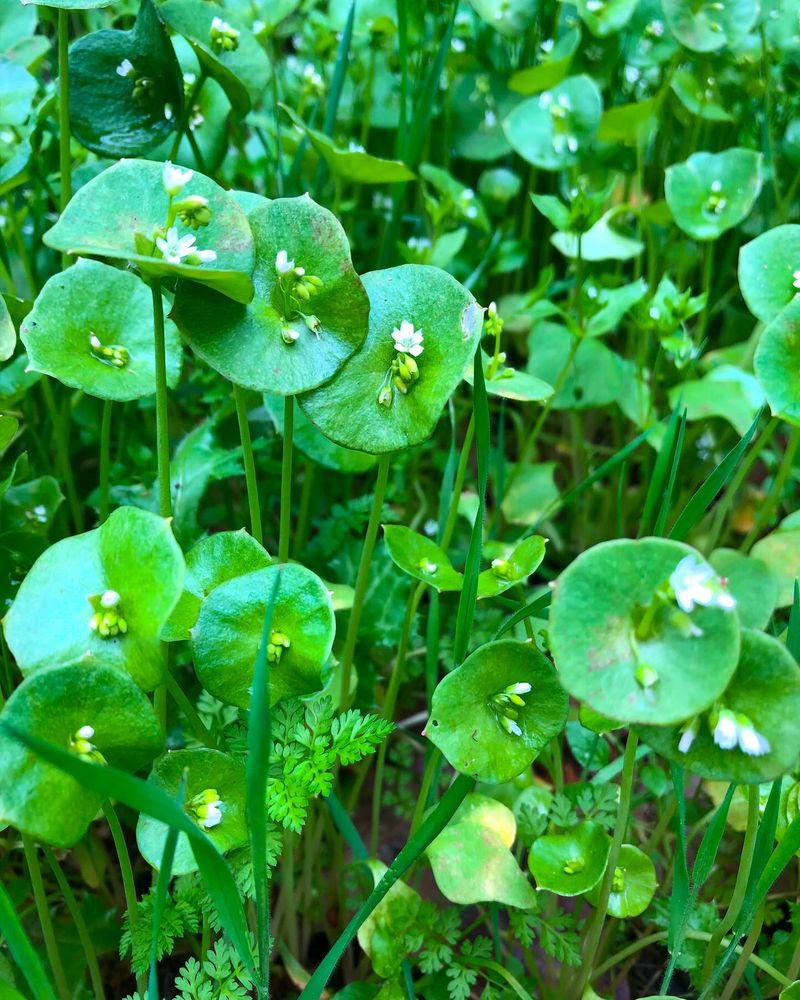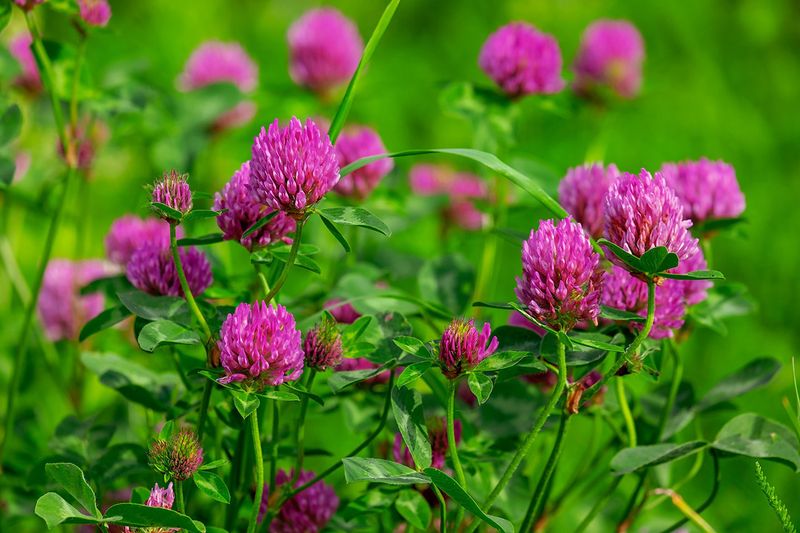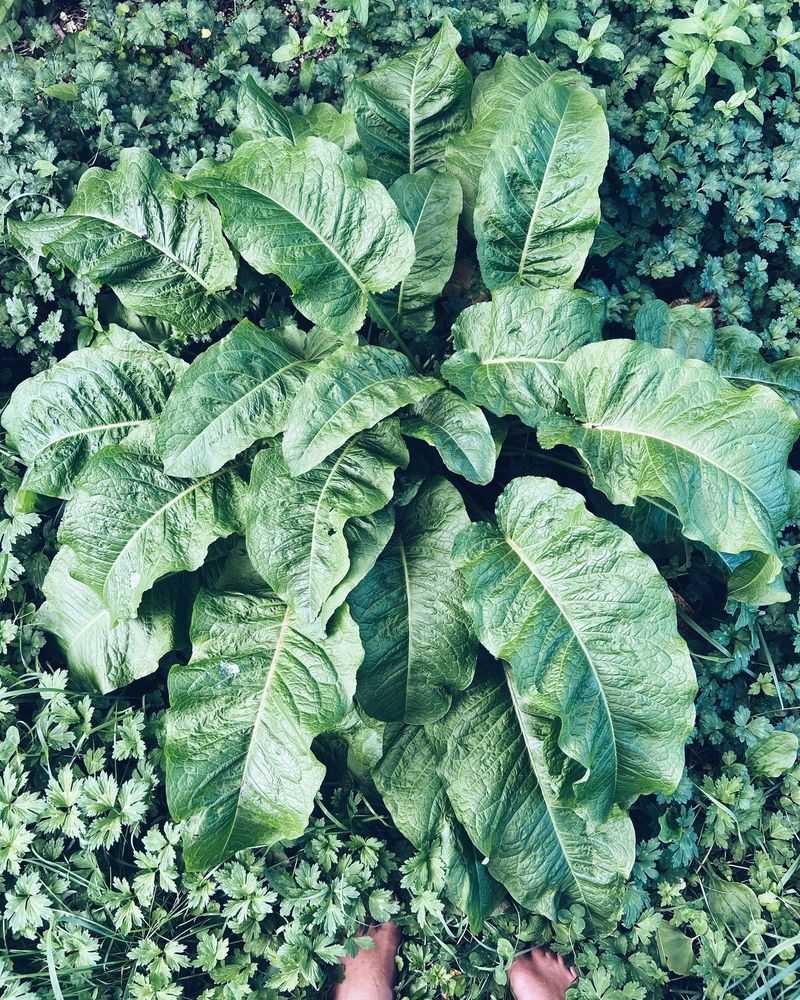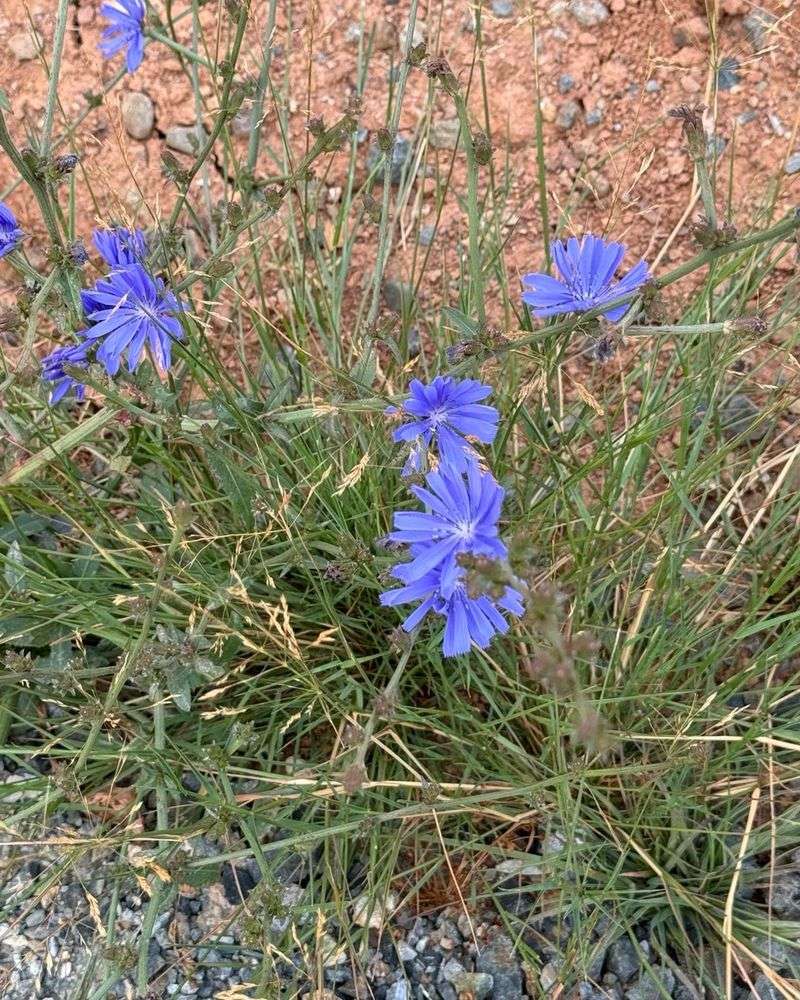Not all weeds are bad news. In fact, some of the plants you’ve been yanking from your yard might actually be doing more good than harm. From attracting pollinators to improving your soil or even offering herbal benefits, these 16 “weeds” have hidden value.
Before you reach for the trowel, take a moment—you might be pulling up something your garden actually needs.
1. Dandelions: Nature’s Multitasking Marvel
Those bright yellow flowers popping up across your lawn are actually nutritional powerhouses! Every part of a dandelion is edible and packed with vitamins A, C, and K.
Their deep taproots break up compacted soil and bring nutrients to the surface for other plants. Plus, they’re one of the first food sources for bees emerging in spring when little else is blooming.
2. Clover: The Lawn’s Secret Helper
Remember when clover was actually included in grass seed mixes? This nitrogen-fixing plant works like natural fertilizer, pulling nitrogen from the air and depositing it into soil.
White clover stays green during drought when grass turns brown. Its flowers feed bees and other pollinators, creating a healthier ecosystem right in your yard. No need for expensive fertilizers when this humble plant does the job for free!
3. Purslane: Gourmet Weed with Omega-3s
Chefs pay top dollar for what might be growing freely in your garden! Purslane contains more omega-3 fatty acids than many fish oils and is packed with vitamins A, C, and E.
The succulent leaves and stems add a lemony crunch to salads. Growing low to the ground, purslane acts as living mulch, preventing soil erosion and retaining moisture for neighboring plants during hot weather.
4. Chickweed: Winter’s Green Gift
While other plants hibernate during cold months, chickweed thrives, offering a welcome splash of green. Its delicate leaves taste similar to corn silk and make a vitamin-rich addition to winter salads.
Chickweed creates a living ground cover that protects bare soil from erosion. Medicinally, it’s been used for centuries to soothe skin irritations and is packed with nutrients like iron and calcium that benefit both you and your garden.
5. Lamb’s Quarters: Wild Spinach Substitute
Gardeners who recognize this plant never pull it! Also called wild spinach, lamb’s quarters contains more calcium, protein, and vitamins B1 and B2 than spinach.
The dusty blue-green leaves have a mild flavor perfect for salads or cooking. Deep roots help break up clay soil while accumulating nutrients that become available to other plants when leaves drop in fall. Save money on supermarket greens by harvesting this nutritional powerhouse.
6. Plantain: Nature’s First Aid Kit
Got a bee sting? Grab some plantain! This common lawn weed (unrelated to the banana-like fruit) contains compounds that draw out toxins and reduce inflammation.
Simply chew a leaf briefly and apply it to insect bites or minor cuts for immediate relief. Beyond medicinal uses, plantain’s broad leaves protect soil from water loss and erosion. Its deep roots help break up compacted soil, improving drainage for all your garden plants.
7. Nettle: Stinging Superfood
Don’t let the sting scare you away! Once cooked, stinging nettle loses its bite and becomes a nutritional powerhouse with more protein than most vegetables.
Nettle makes incredible fertilizer tea that boosts plant growth throughout your garden. Butterflies adore nettle – several species can only lay eggs on these plants. Wearing gloves, harvest young leaves for iron-rich tea or cooked greens that taste similar to spinach.
8. Violets: Edible Beauties for Shade
Those pretty purple flowers spreading through shady spots aren’t just lovely – they’re edible! Both flowers and heart-shaped leaves can be added to salads or crystallized for cake decorations.
Violets thrive where grass struggles, creating living mulch in difficult spots. Their early spring blooms provide critical nectar for emerging pollinators when few other flowers are available. Plus, they’re host plants for fritillary butterflies, helping these beautiful insects complete their life cycle.
9. Wood Sorrel: Lemony Treat in Disguise
Often mistaken for clover, wood sorrel has delightful heart-shaped leaves that taste surprisingly lemony. Kids love munching these tart treats while playing outside.
Wood sorrel contains vitamin C and adds zing to salads or as garnish. Growing happily in poor soil and shade where other plants struggle, it creates ground cover that prevents erosion. The cheerful yellow flowers also attract small pollinators to your garden throughout the growing season.
10. Yarrow: Drought-Resistant Wonder
Native Americans called yarrow “life medicine” for good reason! This drought-tolerant plant has feathery leaves and flat-topped flower clusters that attract beneficial insects like predatory wasps and hoverflies.
These helpful bugs hunt garden pests like aphids and caterpillars. Yarrow’s deep roots help break up compacted soil while accumulating nutrients. Plant it alongside vegetables or herbs – studies show yarrow can increase the essential oil content of neighboring herbs.
11. Mullein: Velvety Medicinal Sentinel
Standing tall with fuzzy silver-green leaves, mullein brings dramatic vertical interest to garden edges. Native Americans used its soft leaves as natural bandages and foot insulation.
The yellow flower spikes attract pollinators while the deep taproot breaks up compacted soil. Herbalists prize mullein for respiratory support – the leaves and flowers make soothing tea for coughs. Let this biennial self-seed and you’ll always have some at different growth stages.
12. Burdock: Deep-Cleaning Root Vegetable
Those annoying burrs that stick to your clothes come from a plant with impressive medicinal powers! Burdock’s massive taproot – sometimes reaching 3 feet deep – breaks up hardpan soil while accumulating nutrients.
Japanese cuisine features burdock root (gobo) for its earthy flavor and crunchy texture. The roots contain inulin, a prebiotic fiber that feeds beneficial gut bacteria. First-year roots can be harvested in fall and prepared like carrots for a nutritional boost.
13. Miner’s Lettuce: Shade-Loving Salad Green
Gold rush miners avoided scurvy by eating this vitamin C-rich plant! The succulent round leaves with tiny white flowers in the center make delightful additions to salads with a mild, sweet flavor.
Miner’s lettuce thrives in partial shade where other salad greens struggle. It creates living mulch under trees or shrubs, protecting soil from erosion. This native plant supports local ecology while providing free produce during spring months.
14. Red Clover: Pollinator Paradise
The showy pink-purple flowers of red clover create a buffet for bees, butterflies, and beneficial insects. Like its white cousin, red clover fixes nitrogen from the air into soil, reducing fertilizer needs.
Herbalists value red clover for its phytoestrogen content, traditionally used for women’s health. The flowers make pleasant-tasting tea rich in minerals. Allow patches to grow in lawn edges or garden corners to improve soil while supporting crucial pollinator populations.
15. Broadleaf Dock: Mineral Accumulator
The large, wavy-edged leaves of dock plants are actually mineral-mining machines! Their deep taproots pull nutrients like iron, potassium, and calcium from subsoil layers other plants can’t reach.
Young leaves can be cooked like spinach (changing the water reduces oxalic acid). Mature plants make excellent additions to compost piles, breaking down into mineral-rich soil amendments. Dock leaves also provide natural relief for nettle stings – nature’s perfect pairing!
16. Chicory: Blue-Flowered Coffee Alternative
Those sky-blue flowers along roadsides and garden edges come from a plant with multiple uses! Chicory root has been roasted and ground as a coffee substitute or extender for centuries, especially popular in New Orleans.
The young leaves add bitter complexity to salads, similar to dandelion greens. Bees and butterflies love the bright blue flowers that bloom when many other plants have finished. The deep taproot breaks up compacted soil while accumulating nutrients.

